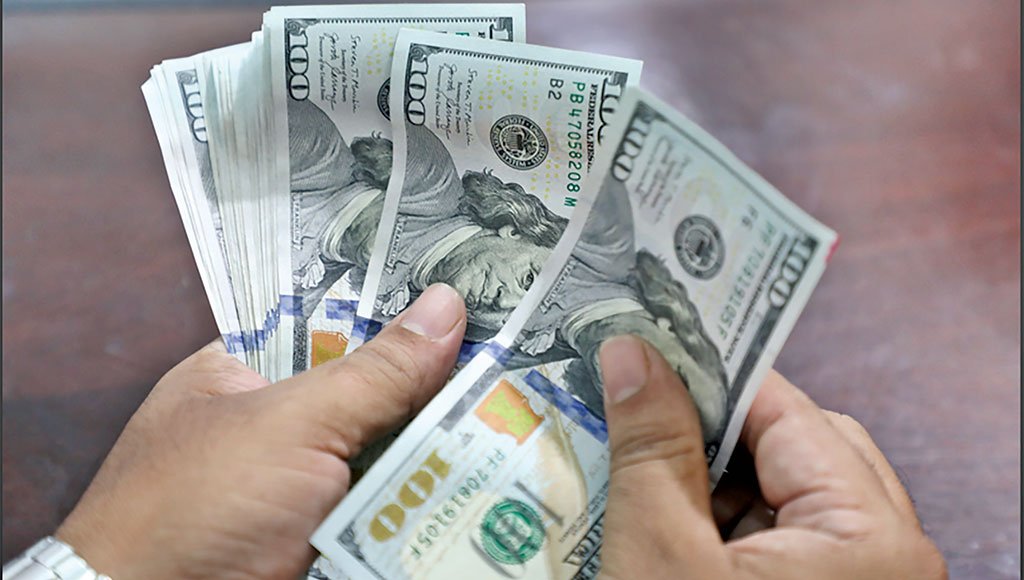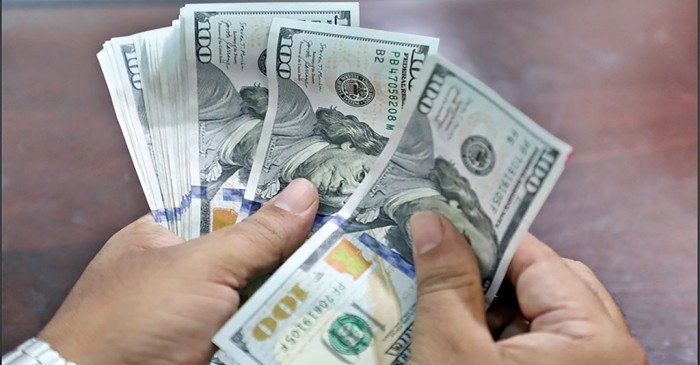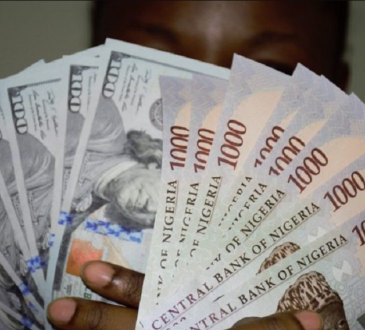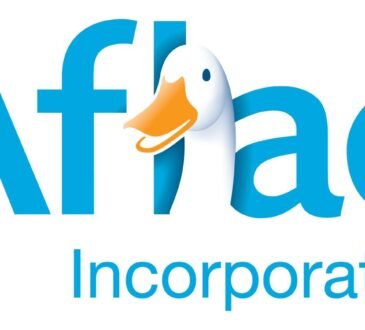
The Bangladesh Bank has increased dollar rate to Tk 120 each, responding to rising demand and low supply of the greenback in the market.
The inter-bank dollar increased to Tk 120 each on Wednesday from Tk 118.
Money changers were asked to charge maximum Tk 121 for each dollar.
On May 8, the central bank devalued the taka from Tk 110 to Tk 118 a dollar as part of its adoption of the crawling peg exchange rate system.
Under this system, banks are allowed to freely trade dollars with customers and in interbank deals around a mid-rate.
The exchange rate was Tk 94.7 in July 2022 and Tk 84.8 in July 2021.
As a condition for a $4.7 billion loan to Bangladesh, the International Monetary Fund had advised setting the exchange rate of the foreign currency at a flexible rate.
The IMF wanted the Bangladesh Bank follow a market-based approach to determining the exchange rate.
The impact of the sharp rise in the dollar rate has been felt across various sectors of the economy, with businesses facing higher import costs and challenges sourcing foreign currency.
The higher import costs are often passed on to consumers in the form of higher prices for goods and services, which economists fear can erode their purchasing power and reduce consumer spending.
Bangladesh, like many other countries, has foreign debt denominated in US dollars. As the taka depreciates, it will take more taka to repay the same amount of foreign debts in dollars.
It can lead to higher debt repayment obligations for the government and businesses, putting further strain on their finances, economists said.
The ongoing dollar crisis is attributed to various factors, including a significant gap between supply of and demand for dollars in the country.
The depletion of foreign exchange reserves, poor inflows of remittances, and low export earnings were contributing to the imbalance in the foreign exchange market.
The dominance of the informal ‘hundi’ market, where unofficial currency trading occurs, also plays a role in exacerbating the crisis, according to economists.
To stabilise the foreign exchange market, the central bank has been selling dollars to commercial banks, with more than $34 billion sold over the past 36 months.
The dollar sales had the unintended consequence of reducing the foreign reserves of the BB, while also mopping up the local currency, which created another problem – a liquidity crisis in the banking sector.
As a result, foreign currency reserves, according to International Monetary Fund guidelines, dropped to $20.48 billion on July 31.






